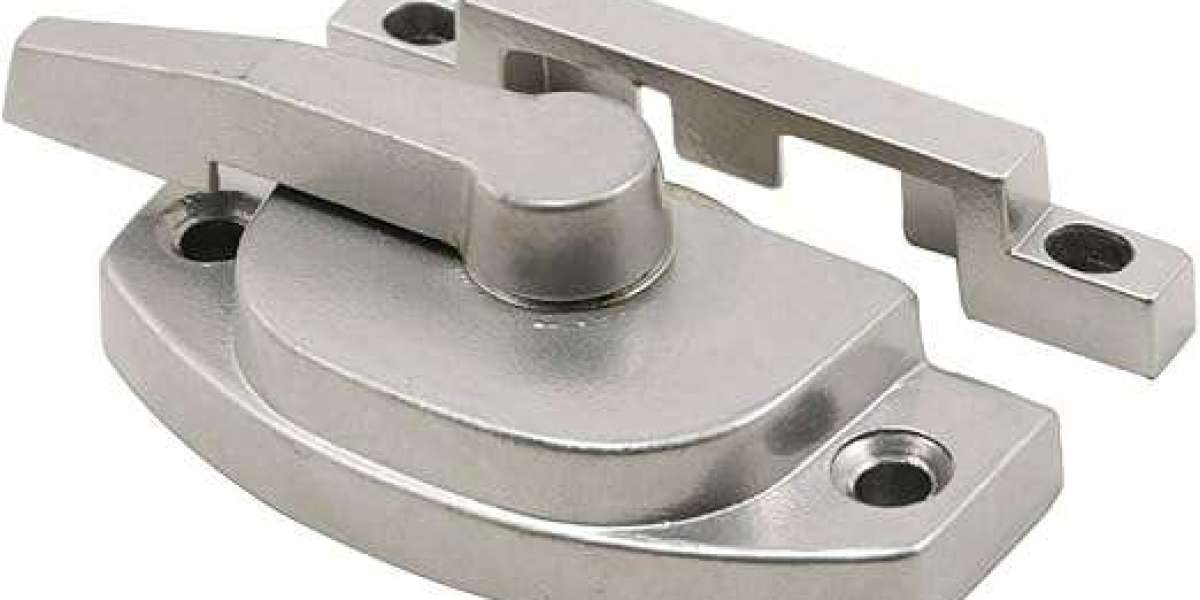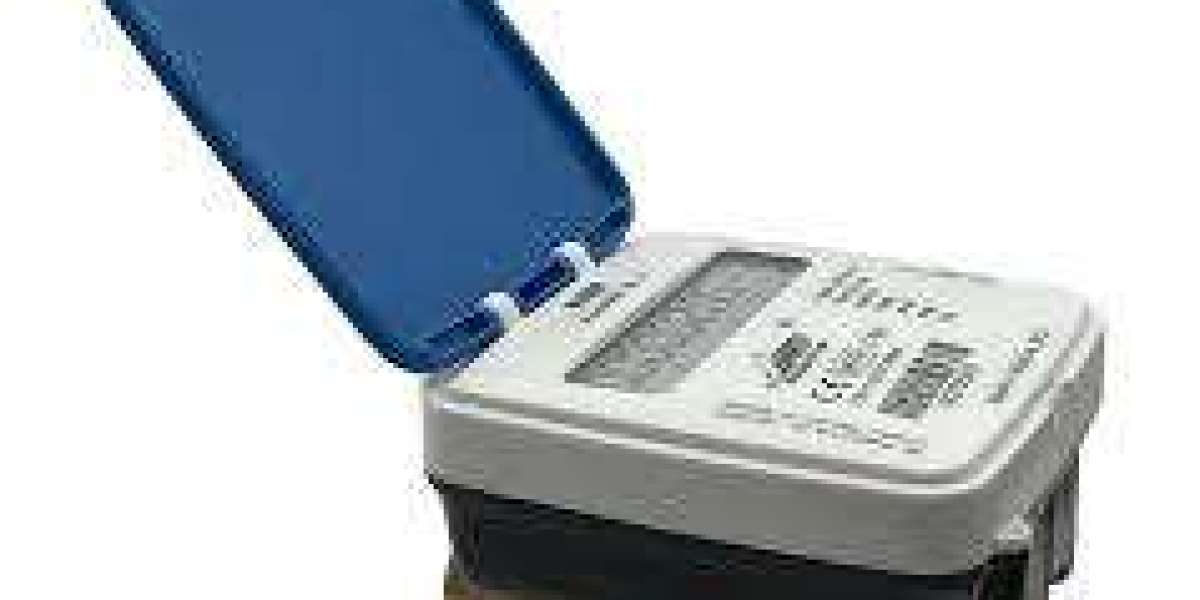They combine elegance, practicality, and improved ventilation. However, the performance and longevity of sash windows largely depend on the quality and compatibility of the sliding sash hardware. Whether you're replacing old hardware or installing new sash windows, choosing the right hardware is crucial to ensure smooth operation, energy efficiency, security, and aesthetic consistency.
We’ll guide you through the essential factors to consider when selecting sliding sash window hardware to help you make an informed decision.
Understanding Sliding Sash Windows
Before diving into hardware selection, it's important to understand the basic structure of a sliding sash window. Typically, these windows consist of two framed window sashes—one above the other—that slide vertically within the frame. Traditional sash windows used a system of cords, pulleys, and counterweights, while modern variants may use spring or spiral balances.
The Sliding Sash Hardware includes components such as:
Sash balances (spring or spiral)
- Pulleys and cords (for traditional weight-and-pulley systems)
- Locks and fasteners
- Handles and lifts
- Sash stops and restrictors
- Weather seals and draught excluders
Each part contributes to the window’s operation, security, and weather resistance.
Key Considerations When Choosing Sliding Sash Hardware
1. Compatibility with Your Window Type
Sliding Sash Hardware windows come in a variety of materials, wood, uPVC, aluminum, and composite. Not all hardware is universally compatible across these materials.
Timber sash windows often require traditional cord and pulley mechanisms or spring balances suited to wooden frames.
uPVC and aluminum sash windows usually work better with modern spiral or spring balances due to differences in frame structure.
Always check with your window manufacturer or supplier to ensure the hardware you choose is compatible with your window’s material and design.
2. Type of Balance System
The sash balance is a critical component that counteracts the weight of the sash, making it easy to open and close.
- Spiral Balances
Common in modern uPVC and timber sash windows.
Compact, cost-effective, and easy to install.
Require correct tensioning to operate efficiently.
- Spring Balances
Offer smoother operation than spiral balances.
Can handle heavier sashes and tend to last longer.
Available in different weight classes—choosing the correct one is vital.
- Traditional Weight and Pulley
Ideal for heritage or period properties where maintaining authenticity is key.
Heavier and more complex to install, but long-lasting and historically accurate.
Require a hollow box frame to house the counterweights.
When replacing balances, always measure the weight and height of your sash to select a compatible product.
3. Security Features
Security is a top concern with any window, and sash hardware plays a major role in this.
Sash locks prevent unauthorized opening from the outside.
Dual screws or Brighton fasteners are common traditional locks with a decorative appeal.
Security restrictors limit how far a window can be opened—especially useful for upper floors and child safety.
Key-operated locks add an extra layer of protection.
Choose robust, corrosion-resistant materials like brass, stainless steel, or zinc alloy for all locking components.
4. Ease of Use and Accessibility
Usability is especially important in windows that are opened frequently.
Sash lifts and handles should be easy to grip and operate, even for those with limited mobility.
Tilt and slide mechanisms offer added convenience by allowing the sashes to tilt inward for easy cleaning from inside the house.
Smooth-gliding balances and well-lubricated pulleys reduce effort and noise.
Make sure hardware is ergonomically designed and doesn’t obstruct the sash movement.
5. Aesthetic Considerations
Sash window hardware is not just functional—it also adds to the window's visual appeal. Matching the hardware to your home’s interior or architectural style enhances overall aesthetics.
Polished brass or antique bronze is ideal for heritage homes.
Chrome, satin, or black finishes suit modern or industrial interiors.
Coordinate handles, locks, and pulleys for a cohesive look.
Some manufacturers offer custom finishes or period-accurate replicas for conservation areas or listed buildings.
6. Durability and Maintenance
Since windows are exposed to varying weather conditions, hardware must be built to last.
Choose corrosion-resistant finishes (e.g., marine-grade stainless steel or PVD coatings) for coastal or humid environments.
Look for manufacturer warranties—a good sign of confidence in product longevity.
Select hardware with easy access for cleaning and occasional lubrication or tightening.
Durability reduces the need for frequent replacements and ensures your windows operate smoothly for years.
7. Weatherproofing and Energy Efficiency
Modern sash hardware can improve your home’s insulation and reduce energy bills.
Brush seals, foam strips, or draught excluders around the sash frame minimize air leakage.
Double or triple-glazed sashes require stronger balances to handle increased weight.
Compression seals ensure a tighter fit when the window is closed.
Choosing hardware that complements energy-efficient upgrades supports better temperature regulation and noise reduction.
8. Cost vs. Quality
While budget is a consideration, skimping on sash hardware can lead to poor performance and higher maintenance costs in the long run. Balance affordability with quality:
Premium brands often offer better warranties and superior finishes.
Cheap hardware may corrode, break, or wear out quickly.
Always factor in the lifecycle cost, not just the initial price.
Conclusion
Choosing the right sliding sash window hardware requires a careful balance of functionality, aesthetics, durability, and compatibility. Whether you’re restoring a period home or installing new sash windows, investing in high-quality, well-matched hardware ensures that your windows operate smoothly, look great, and stand the test of time.
Remember to:
Match the hardware to your window material and balance type.
Prioritize security, especially on ground-floor windows.
Consider the aesthetic impact of visible components.
Opt for durable, low-maintenance materials.
Get professional advice if unsure about weight ratings or installation.
By considering these factors, you’ll enhance the beauty and performance of your sliding sash windows while adding lasting value to your home.



